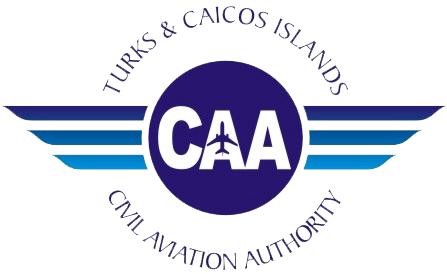Communication, Navigation and Surveillance
Aeronautical communications, navigation, and surveillance systems are key to the delivery of safe and efficient air traffic management.
Accurate and timely radio communications, both voice and data link, are essential to air safety. This is generally delivered through ground-based VHF systems in Continental airspace and HF and Satcom in Oceanic areas.
Ground and satellite radio navigational equipment enables pilots to use their instrumentation to fly precisely along their intended route and to conduct precision approach and landing. Satellite based systems and supporting procedures are of growing in importance to navigation.
Surveillance systems are used by ATC and others to determine the position of aircraft and provide safe separation. They fall into cooperative and non-cooperative types. Cooperative systems, such as secondary surveillance radar (SSR), need to communicate with equipment on the aircraft such as the SSR transponder. Non-cooperative systems such as primary surveillance radar (PSR) are able to locate aircraft by transmitting pulses of radio waves which reflect off the aircraft hull. The reflection is detected by the radar enabling the aircraft’s position to be determined.
